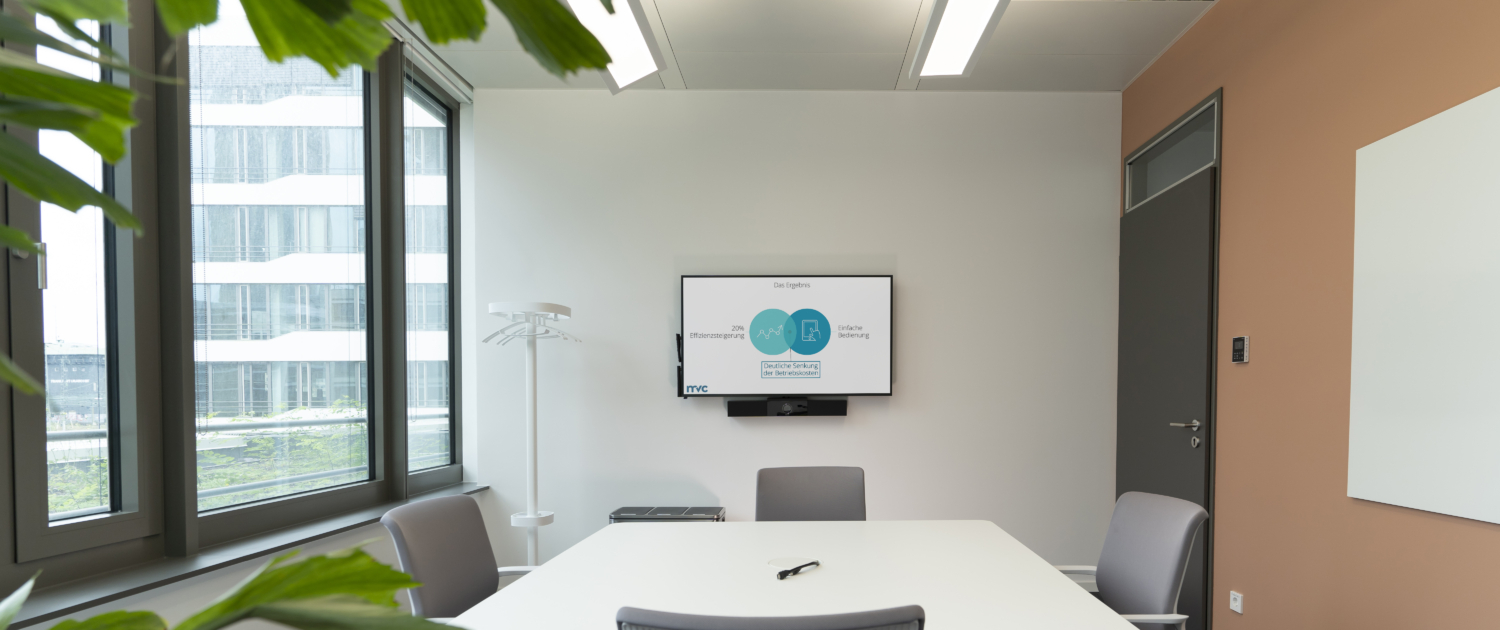The short meeting in the morning is popular and is considered to be motivating, team-building and a quick and efficient way to organise the day’s business. The prerequisite, however, is that you stick to a few elementary rules of the game, which are briefly explained below.
The huddle is also known as a standup meeting or daily scrum. The term originates from American football, when the team quickly gets together for a meeting in a so-called huddle before a play. A daily huddle can take a little longer, but here too, brevity is the spice of life.
Rules for the Daily Huddle
- Short and sweet: The whole thing should take a maximum of 15 to 30 minutes. It is only about briefly explaining the status and naming any problems. Larger problems must be clarified in individual discussions.
- Daily: As the title suggests, daily – a routine, like brushing your teeth. You should schedule the huddle as early as possible – as a start to the day so that you are well informed and motivated to start the day’s business afterwards.
- Appoint a moderator: Every meeting should have a moderator, including a Daily Huddle. This person ensures that the huddle starts and ends on time and that the participants stick to the agenda.
- Speaking of the agenda: The agenda for the huddle should only contain three points. What is on the agenda today? Where are we right now? Where are there problems?
- Limit huddle participants: Only invite relevant team members to the huddle – for example, if it is a daily project huddle, only the team members of the relevant project should be invited. Since the meeting time is limited, it becomes unproductive if the number of participants is too high.
Participation is mandatory. The compulsory element is important – it is the only way to give the meeting the meaning that is important for this daily routine. - In principle, a Daily Huddle can take place anywhere – even purely virtually. However, it is advisable to gather all colleagues who are in the office in one room. Sometimes it makes sense to hold the huddle standing up, which increases the dynamics. A huddle room with suitable media technology is of course ideal.
This is what you can achieve with a Daily Huddle
- Improve internal communication
- Optimise the exchange within the team
- Identify basic repetitive problems and offer support.



